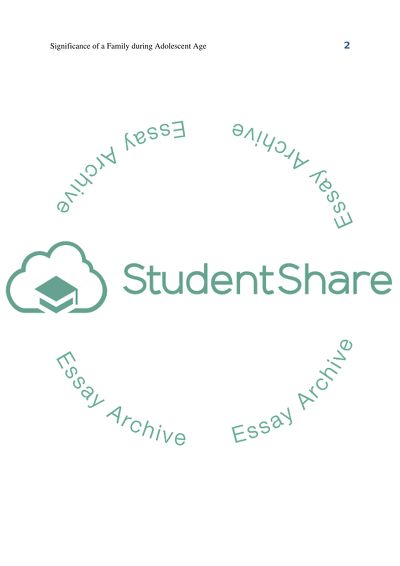Cite this document
(“Are dysfunctional families an important factor in adolescent gang Research Proposal”, n.d.)
Are dysfunctional families an important factor in adolescent gang Research Proposal. Retrieved from https://studentshare.org/sociology/1616676-are-dysfunctional-families-an-important-factor-in-adolescent-gang-involvement
Are dysfunctional families an important factor in adolescent gang Research Proposal. Retrieved from https://studentshare.org/sociology/1616676-are-dysfunctional-families-an-important-factor-in-adolescent-gang-involvement
(Are Dysfunctional Families an Important Factor in Adolescent Gang Research Proposal)
Are Dysfunctional Families an Important Factor in Adolescent Gang Research Proposal. https://studentshare.org/sociology/1616676-are-dysfunctional-families-an-important-factor-in-adolescent-gang-involvement.
Are Dysfunctional Families an Important Factor in Adolescent Gang Research Proposal. https://studentshare.org/sociology/1616676-are-dysfunctional-families-an-important-factor-in-adolescent-gang-involvement.
“Are Dysfunctional Families an Important Factor in Adolescent Gang Research Proposal”, n.d. https://studentshare.org/sociology/1616676-are-dysfunctional-families-an-important-factor-in-adolescent-gang-involvement.


